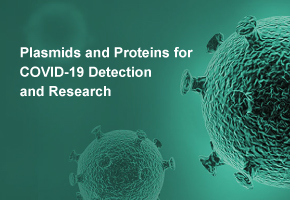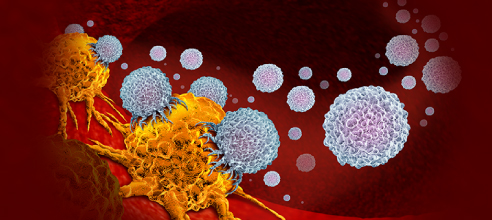Harnessing the Potential of Cas9 Virus Particles in Gene Editing
Gene editing has revolutionized the field of molecular biology, and at the forefront of this technological advancement is the famous CRISPR-Cas9 system. Among the various components that make up this powerful tool, Cas9 virus particles have emerged as a crucial element in delivering precise genetic modifications with unprecedented efficiency. Understanding the role and potential of Cas9 virus particles is essential for appreciating the future of genetic research and therapy.
CRISPR, or Clustered Regularly Interspaced Short Palindromic Repeats, is a natural defense mechanism found in bacteria that allows them to fend off viral infections. Scientists have adapted this system for gene editing, with Cas9 being the enzyme that acts as molecular scissors to cut DNA at specific locations. The delivery of the Cas9 enzyme and the accompanying guide RNA into the target cells is where Cas9 virus particles come into play.
These viral particles, often derived from modified bacteriophages or other viral vectors, serve as delivery vehicles for the Cas9 enzyme and its guiding RNA. Their structure is meticulously designed to ensure efficient entry into host cells while minimizing immune responses. The unique attributes of these virus particles enhance the overall efficacy of gene editing by facilitating a higher rate of successful modifications.
One of the significant advantages of using Cas9 virus particles is their ability to deliver multiple genetic elements simultaneously. This multicomponent delivery system allows researchers to implement more complex edits, such as inserting entire gene sequences or simultaneously knocking out multiple genes. Such capabilities broaden the horizon of possibilities in genetic research, allowing for intricate studies related to gene function and interaction.
Another contributing factor to the effectiveness of Cas9 virus particles is their ability to target a wide range of cell types. With modifications in their surface proteins, these particles can be tailored to recognize and bind specifically to desired cell populations, enabling targeted editing in various tissues. This specificity is particularly invaluable in therapeutic applications, where unintended modifications could lead to adverse effects.
The use of Cas9 virus particles is not without challenges. Ethical considerations surrounding gene editing, particularly in human applications, pose significant debates within the scientific community and society at large. Moreover, there are technological hurdles related to the efficiency and safety of delivery systems that need to be addressed to ensure consistent results in clinical settings.
Recent advancements in synthetic biology and nanotechnology have paved the way for overcoming some of these challenges. Researchers are exploring innovative methods for improving the design of Cas9 virus particles, enhancing their stability, specificity, and delivery efficiency. These advancements could lead to more effective gene therapies, with potential applications in treating genetic disorders, cancers, and other diseases where gene modification offers a therapeutic benefit.
In summary, Cas9 virus particles are a transformative tool in the field of gene editing. Their ability to deliver precise genetic modifications in a targeted manner positions them at the center of research and therapeutic endeavors. As scientists continue to explore and refine these systems, the potential for groundbreaking discoveries and applications in genetics remains immense. The future of Cas9 virus particles not only holds promise for advancing our understanding of genetic mechanisms but also for developing innovative treatments that can change lives.
- Like
- Reply
-
Share
Reply
About Us · User Accounts and Benefits · Privacy Policy · Management Center · FAQs
© 2025 MolecularCloud



